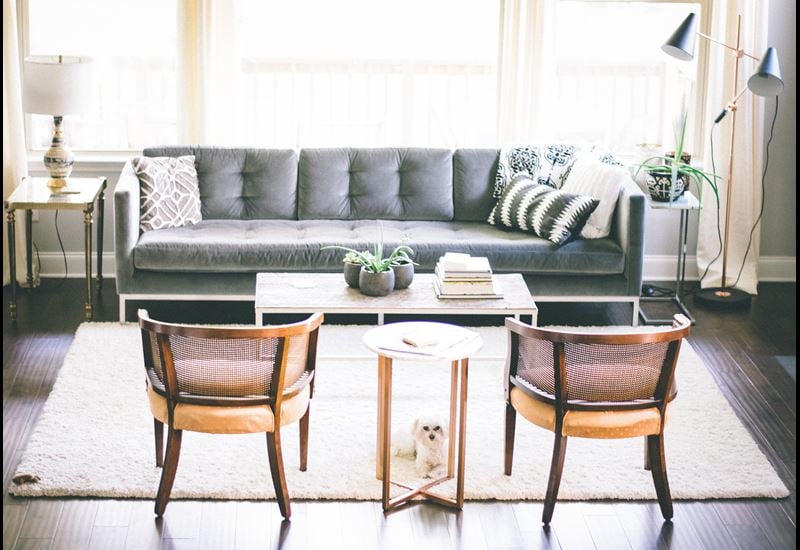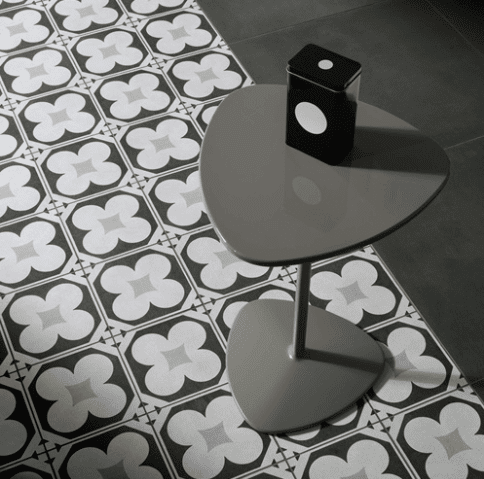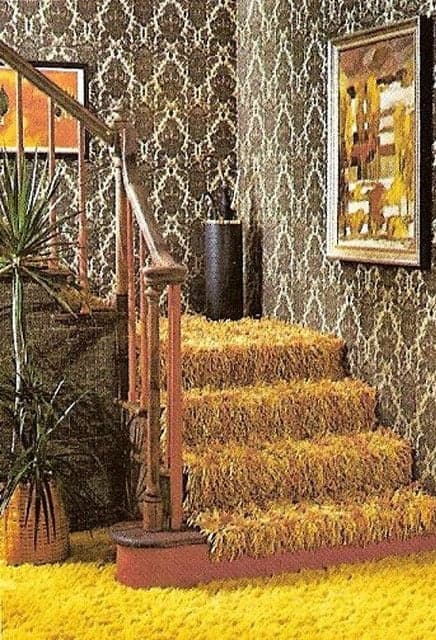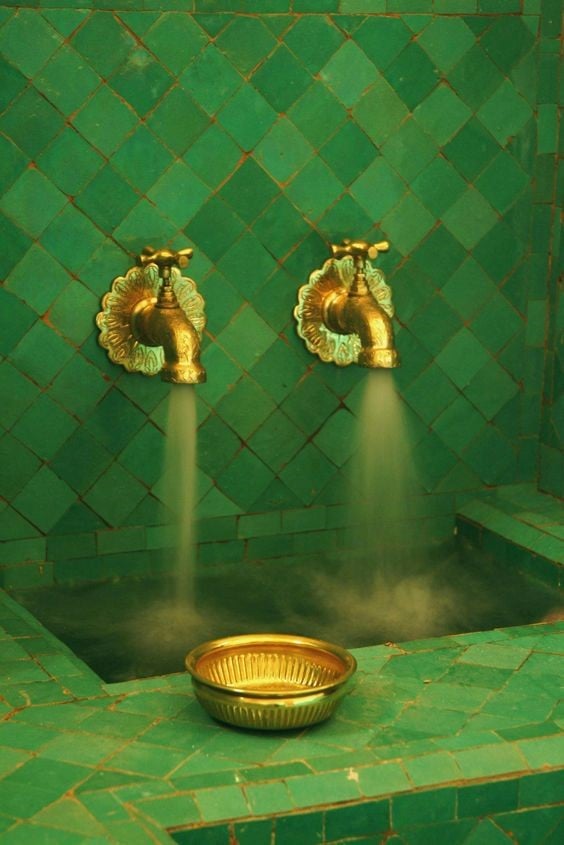
Whether you laugh at the thought of the harvest gold appliances from your 1970’s childhood home or fondly reminisce over the calming pastels of Grandma’s house, there’s likely a few décor trends from past decades that you remember in vivid color. Let’s take a look at how our home’s color palettes have changed and evolved throughout the years.
1920s. A sense of cleanliness and modernity dominated the interior design aesthetic of the Roaring 20s. White kitchens, neutral walls and muted tones were sometimes accented with accessories in exotic, jazzy colors like brick red, jade and teal.
1930s & 40s. Home décor reflected the growing embrace of the modern age with simple, streamlined designs. This era featured subdued, dusty colors like blush pink, blue-gray, sage green and butter yellow, along with sophisticated, deeper tones like forest green and maroon. Chrome emerged as a prevailing trend in the 40s, too.
1950s. The 50s saw the explosion of pastel colors in the home, in the world of fashion and even in the automotive industry. Lilac, mint green, aqua, pink and soft yellows were the décor colors of choice for stylish homeowners. Wherever neutrals were used, they were decidedly warm—like French gray and pinkish tans.

1960s. The eruption of counterculture and social revolution brought drastic change, even to the approach to home décor. Vibrant, psychedelic, colorful home décor became popular, with hues like neon orange, cyan, lemon yellow, fuchsia and chartreuse clashing together in a fun, groovy way. Black and white were also used to make a contrasting statement with these vivid colors.

1970s. This decade took a turn toward earthiness with popular tones like avocado green, harvest gold, deep brown and rust. Wood paneling, shag carpet and geometric patterns ran amok alongside muted décor colors.

1980s. Economic revitalization and pop music brought vibrant colors and happy pastels back into style. Flamingo pink, Caribbean blue, denim blue, warm beige and peach all feature prominently in this era’s home décor color schemes. Colorful bathrooms were common, featuring coordinating toilets, tubs and wall tiles in colors like dusty rose and mint green.
1990s. While grunge was on the rise in pop culture, home décor and design styles reflected a more sophisticated and rustic look. Tuscan influences swept the country, bringing beige tones along with terra cotta, earthy tan, sage and gold to the interior design world. Ceramic tile and pale woods were popular as well.
2000s. This decade was dominated by a trend toward shiny surfaces and bigger homes. In addition to warm tans and beige, coastal colors gained popularity. But the real color of the decade had to be stainless steel—from fridges and dishwashers to faucets and cabinet hardware, stainless steel was everywhere, conveying a clean, luxurious and professional look.

2010s. While our current decade’s home design trends range from the ultra-modern to country chic, one prevailing color trend is the resurgence of grays and whites. Airy kitchens, rustic touches, minimalist décor and luxurious tile surfaces feature prominently in today’s homes. Brass, gold and copper are winning out over stainless steel, while pure whites and cool grays replace the beige-toned walls of the past decade.
Looking to design a retro room that calls to mind your favorite decade? Experiment with past color and décor trends with our Just Imagine Visualizer.





